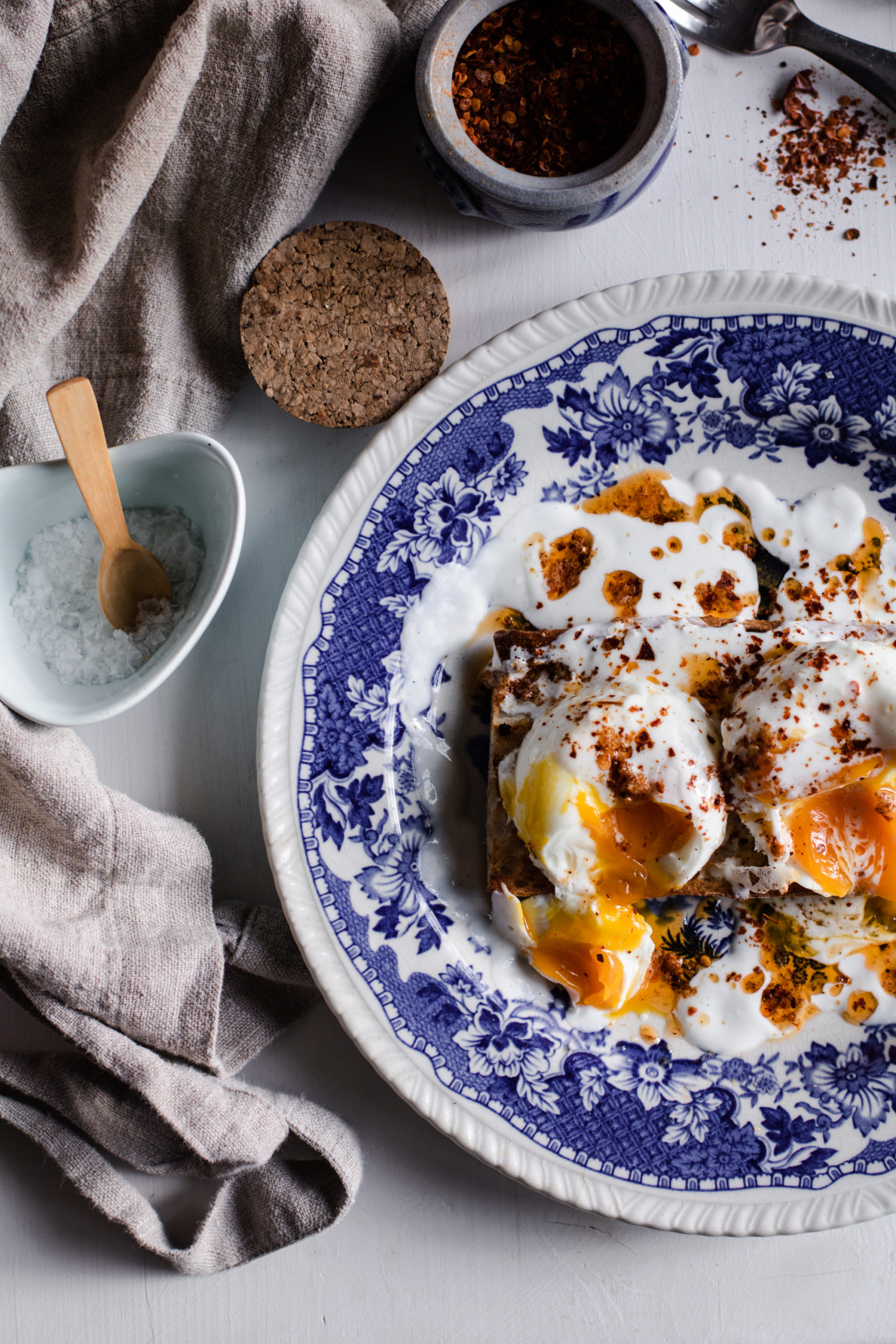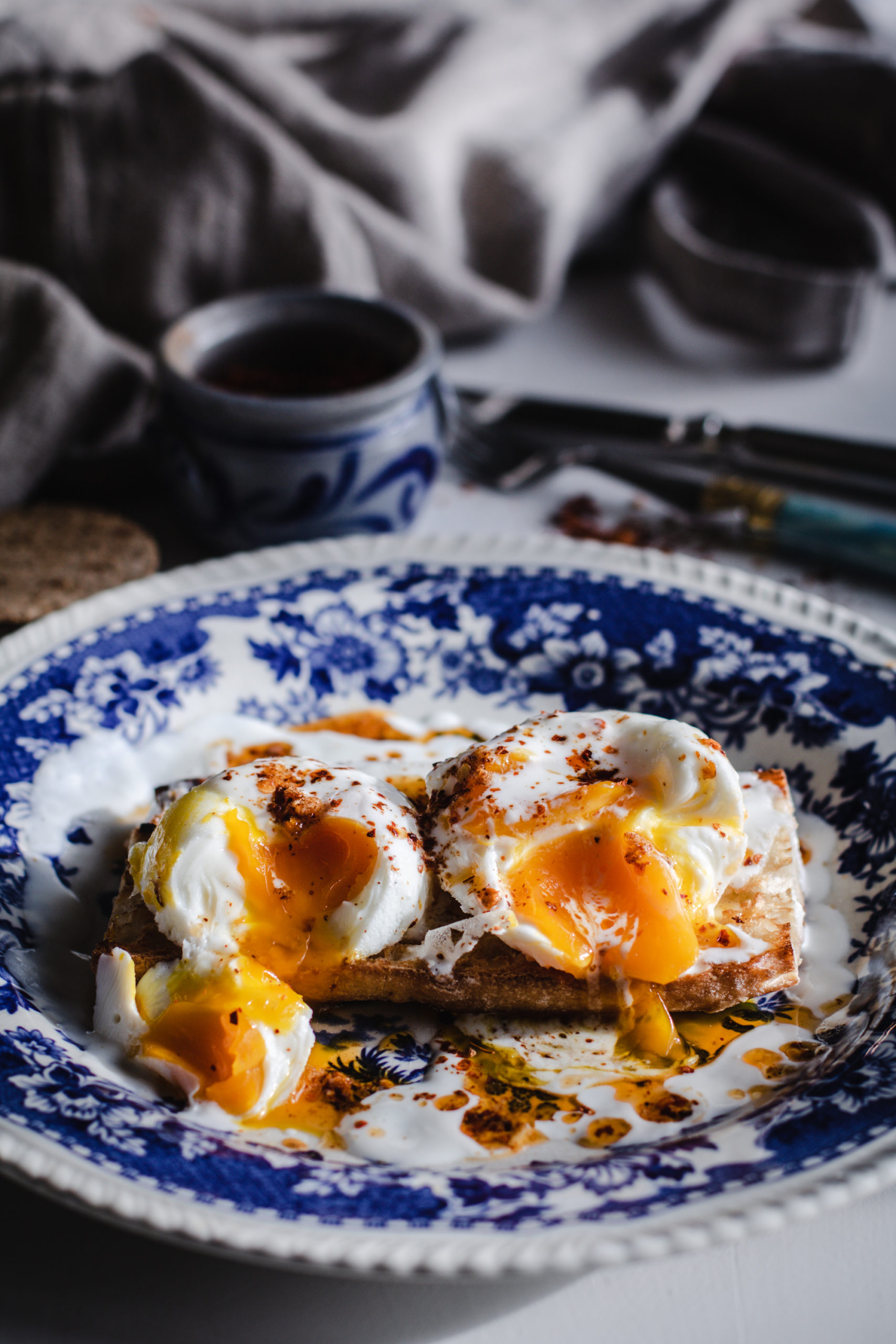
When I lived in Moscow I used to go to the State Conservatory at least twice every week. We had an apartment in one of the nearby lanes where Stalin once allocated composers, musicians, opera singers and ballerinas their lodgings during the Soviet period. Even when we lived there, I’d wake to verses of Verdi and Puccini floating through the window on the breeze, or the haunting melody of a cello playing Rostropovich, who also once lived in our street. Often there’d be free concerts in the conservatory’s smaller concert halls, but unlike most countries, in Russia, culture doesn’t come with an elitist and excessive price tag. An abonnement of 5 tickets to the Conservatory’s Great Concert Hall would rarely be more than $US 25 per concert.
One of the very first I heard in the Great Hall was Rachmaninov’s Rhapsody on a Theme of Paganini. It was written when Rachmaninov and his family were in exile after the revolution. Based on a celebrated early nineteenth-century violin composition made famous by Niccolo Piaganini, Rachmaninov interpreted it in 24 variations on the theme for a solo piano and orchestra. The result is utterly breathtaking. I can still picture myself hearing it for the first time in the very same hall where Rachmaninov once played and I don’t think I’ll ever hear it again without being transported back to the streets of Moscow I once called home.
Like all good things that endure simply because they’re good, Turkish Eggs is one of the most delicious breakfast dishes that could ever grace your table. It’s hard to improve on recipes like Peter Gordon’s or Nigella Lawson’s, but this humble little recipe on the theme is different, simply because I’ve substituted ingredients that come from no more than 50 kilometres of Chateau Montfort.

The eggs for this recipe are probably the closest, just a short stroll from the kitchen to the hen house. Richard (Dick the coq for short) and his team of girls keep us in a good supply of luscious deep yellow yolked eggs. We feed them on locally grown corn and a mix of grains, substituted with household scraps and weeds from the garden. They forage free-range in the orchard and drink from a stream that’s fed by the snow-melt of the Pyrenees, so I’m fairly confident these hens produce what could safely be described as the quintessential ‘good egg’.
Instead of regular chilli, I use piment d’Espelette, a chilli pepper originating from Central and South America, introduced to France during the 16th century. The village of Espelette where is has AOP status is just a short drive from CM and a riot of colour during the annual festival, which takes place on the last weekend of October every year. The village is draped in rich red strings of chilli bunting, that line the streets and buildings amidst the various traditional celebrations. Although it’s not a particularly hot chilli, (only 4000 on the Scoville scale) in my opinion, it’s probably hot enough for a breakfast dish.
Yoghurt is another key ingredient in this recipe. I use a local Basque brebis (sheep’s milk) yoghurt, which if you can source something similar, will yield a far richer, creamier result than cow milk yoghurts.
And finally, the lemons, when I have enough of them, come from a tree my mother bought me, affectionately called Lucy. The bread is generally toasted local sourdough baguettes or a loaf I’ve made myself.
I hope you enjoy it, and if you do, I really hope you have a chance to pause, and listen to Rachmaninov’s Rhapsody on a Theme of Paganini.
Turkish Eggs with Piment d’Espelette & Warm Sheep’s Milk Yoghurt
A southwestern French twist on çılbır, using gently warmed sheep’s milk yoghurt and Piment d’Espelette for a delicate Basque heat.
Ingredients (Serves 2)
-
2 large free-range eggs
-
200g sheep’s milk yoghurt
-
1 garlic clove, finely grated
-
½ teaspoon sea salt
-
50g unsalted butter
-
1 tablespoon extra virgin olive oil
-
1 teaspoon Piment d’Espelette
-
1 teaspoon fresh lemon juice
-
A handful of fresh herbs (flat-leaf parsley, chives, or dill)
-
Warm sourdough or country bread, to serve
Method
-
Warm the yoghurt: In a small pan over low heat, gently warm the sheep’s milk yoghurt with the grated garlic and salt, stirring continuously to prevent curdling. Remove from heat once just warm.
-
Poach the eggs: Fill a saucepan with water and bring to a gentle simmer. Add the lemon juice. Crack each egg into a cup, swirl the water, and gently slide in the eggs. Poach for 3–4 minutes, then remove with a slotted spoon and drain on kitchen paper.
-
Make the spiced butter: Melt the butter in a small pan over medium heat. Once foaming, add the olive oil and Piment d’Espelette, swirling until fragrant. Remove from heat.
-
Assemble: Spread the warm yoghurt onto serving plates, top with the poached eggs, and drizzle over the spiced butter. Scatter with fresh herbs and serve immediately with warm sourdough.
The warm yoghurt makes the dish even more comforting, while the Piment d’Espelette adds a touch of smoky spice.
For a finishing touch and to have on standby for pizzas, pasta and salads, this chilli oil is a lovely finishing touch.
Piment d’Espelette-Infused Chilli Oil
A gently spiced oil infused with Piment d’Espelette
Ingredients
-
100ml extra virgin olive oil
-
1 teaspoon Piment d’Espelette
-
½ teaspoon smoked paprika (optional, for depth)
-
1 small garlic clove, thinly sliced
-
½ teaspoon sea salt
Method
-
Gently heat the oil in a small pan over low heat until just warm (don’t let it smoke).
-
Add the garlic slices and let them gently sizzle for 1–2 minutes until fragrant but not browned.
-
Stir in the Piment d’Espelette, smoked paprika (if using), and salt. Swirl the pan, then remove from heat.
-
Let the oil infuse for at least 10 minutes, then strain if you prefer a smooth oil.
-
Store in a sealed jar and use within a week for the best flavour.
Drizzle generously over warm yoghurt and poached eggs for the perfect finishing touch!

Hi Sara
I gave these a go and they are truly magical. Never would have thought to include yogurt with eggs. Thank you for the beautiful recipe.
Marisa
xox
How do I find your recipes. I want to make everything! Thank you, Sylvia
sterry430@gmail.com
Hi Sara,
How do I find your recipes. I want to make everything! Thank you, Sylvia
sterry430@gmail.com